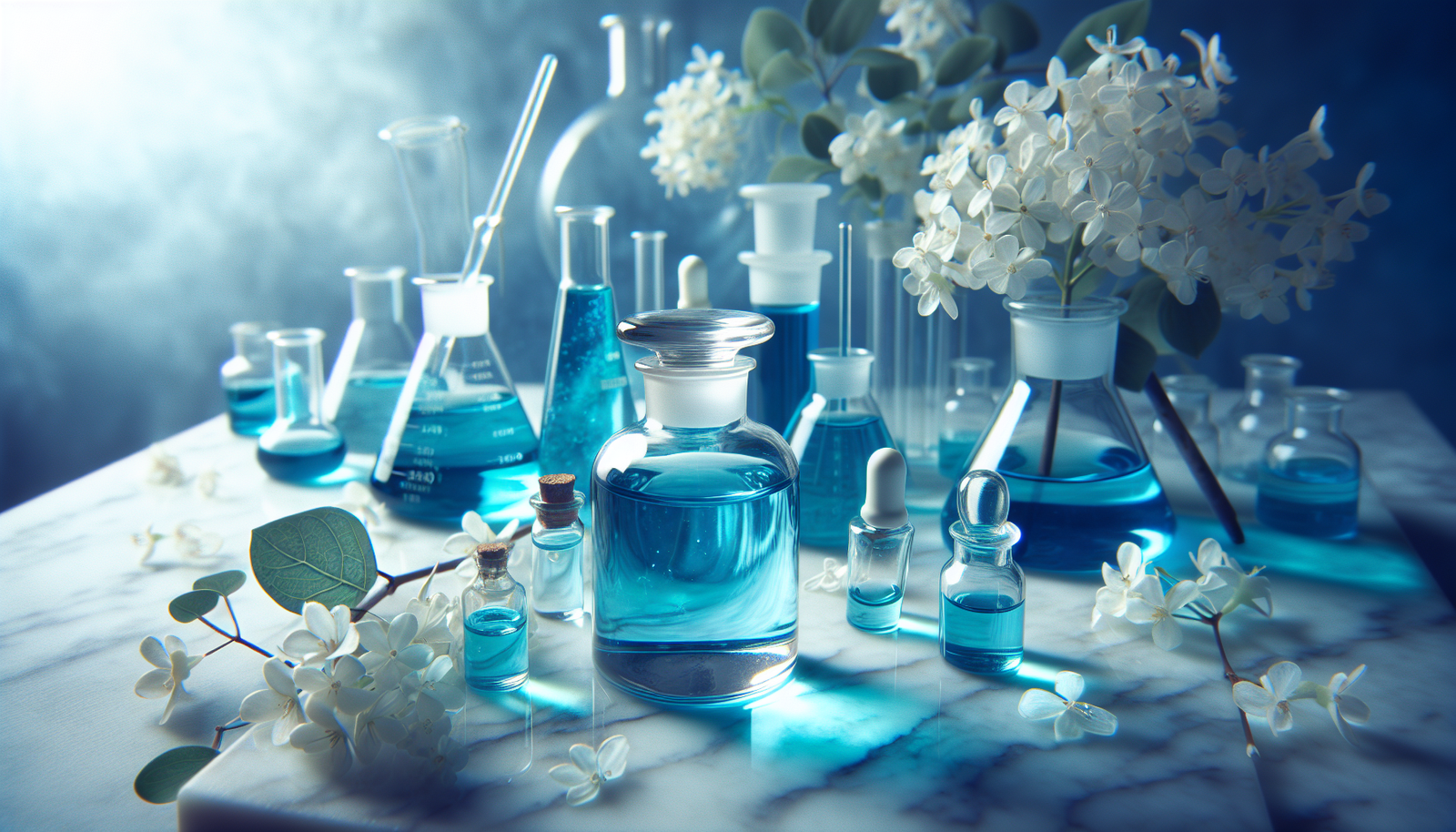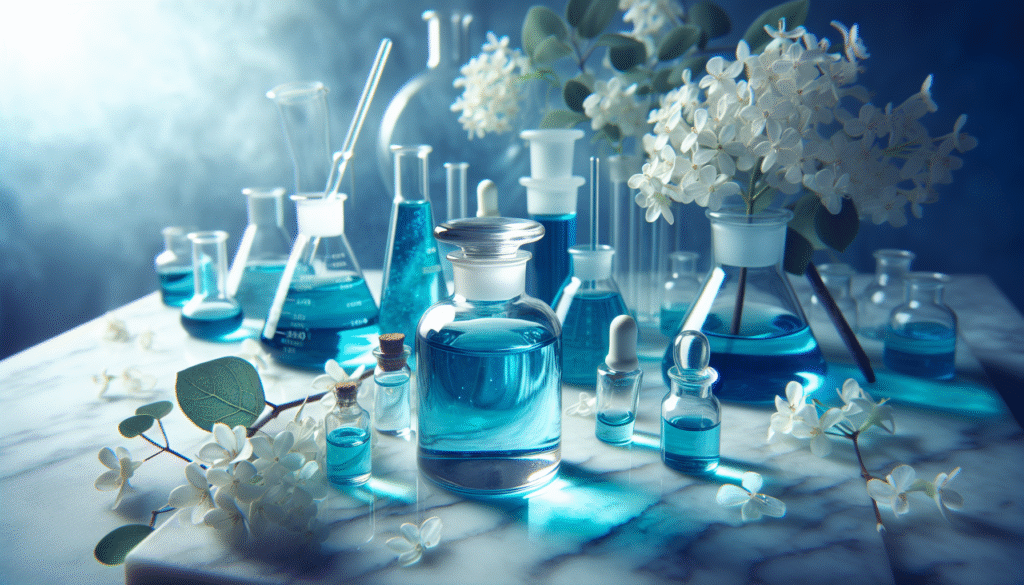
What if a single compound could reshape the understanding of aging and cellular health? You might be surprised to learn that methylene blue, a dye with a storied past, has emerged in scientific discussions as a potential anti-aging agent.

Understanding Methylene Blue
Methylene blue was first synthesized in the late 19th century and found early applications in dyeing fabrics. However, its medicinal properties began to surface shortly thereafter. Today, it is recognized for its role in treating methemoglobinemia, a condition where hemoglobin is unable to effectively release oxygen to body tissues. Beyond this use, it has gained attention in the fields of neurobiology and biochemistry.
Chemical Composition and Structure
Methylene blue (MB), chemically known as 3,7-bis(dimethylamino)phenothiazin-5-ium chloride, belongs to a class of compounds called phenothiazines. It possesses a unique structure that allows it to engage in important biochemical interactions.
| Property | Description |
|---|---|
| Molecular Formula | C16H18ClN3S |
| Molecular Weight | 319.85 g/mol |
| Appearance | Dark blue powder |
| Solubility | Soluble in water, slightly soluble in alcohol |
This molecular composition contributes to its pharmacological properties, making methylene blue an intriguing subject of research within the realms of aging and cellular vitality.
The Mechanisms of Action
To fully appreciate methylene blue’s potential, it is crucial to grasp how it functions at a cellular level. Methylene blue operates through various mechanisms that appear to impact mitochondrial function, oxidative stress, and cellular metabolism.
Mitochondrial Support
Mitochondria are often referred to as the powerhouses of the cell, as they are responsible for generating ATP, the energy currency of the body. Methylene blue plays a significant role in enhancing mitochondrial efficiency, particularly under conditions of cellular stress.
- Electron Transport Chain: Methylene blue acts as an electron carrier within the mitochondrial electron transport chain, thereby enhancing energy production.
- Redox Cycling: This compound can facilitate redox reactions, which are crucial for maintaining the balance of oxidants and reductants within the cell, promoting overall mitochondrial health.
Antioxidant Activity
Oxidative stress occurs when there is an imbalance between free radicals and antioxidants in the body, leading to cellular damage. Methylene blue exhibits antioxidant properties, helping to neutralize free radicals and reduce oxidative stress.
Table of Antioxidant Mechanisms
| Mechanism | Description |
|---|---|
| Free Radical Scavenging | Methylene blue binds to free radicals, rendering them harmless. |
| Enzyme Activation | It may enhance the activity of endogenous antioxidants such as superoxide dismutase (SOD). |
Neuroprotective Properties
Recent research has indicated that methylene blue might have neuroprotective effects, which is particularly relevant to aging. The aging process is often accompanied by cognitive decline, and substances that can protect or enhance neural health are of paramount interest.
- Cognitive Enhancement: Studies suggest that methylene blue might improve cognitive performance in both animal models and human subjects by promoting neurogenesis and synaptic plasticity.
- Protection Against Neurodegeneration: Its ability to reduce mitochondrial dysfunction and oxidative stress may provide protection against neurodegenerative diseases such as Alzheimer’s and Parkinson’s.
Investigating Anti-Aging Implications
The implications of methylene blue for anti-aging are profound, potentially influencing not only lifespan but also healthspan—the period of life spent in good health.
Lifespan Extension in Animal Studies
Research involving various animal models has demonstrated that methylene blue can extend lifespan. For example, experiments with nematodes and mice have shown life extension effects, attributed largely to its mitochondrial and antioxidant benefits.
Table of Lifespan Studies
| Study Type | Model Organism | Result |
|---|---|---|
| Nematodes | Caenorhabditis elegans | Increased lifespan observed with methylene blue exposure. |
| Rodents | Mus musculus | Lifespan extension and improved health markers noted in treated groups. |
Human Applications and Considerations
While animal studies show promise, translating these findings to human applications is complex. Understanding proper dosage, timing, and individual variation is crucial.
- Clinical Trials: Ongoing clinical research is evaluating the safety and efficacy of methylene blue for cognitive enhancement and its potential anti-aging properties.
- Dosage: Low doses have been associated with beneficial effects, thus underscoring the necessity of careful dosage considering potential toxicity at higher levels.
Potential Risks and Benefits
As with any compound, methylene blue carries potential risks along with its benefits. A thorough evaluation of both is essential for informed decisions.
Benefits
- Cognitive Enhancement: May support improved cognitive functions and help mitigate age-related decline.
- Cellular Health: Promotes mitochondrial function and reduces oxidative stress, which are both critical for healthy aging.
Risks
- Toxicity: High doses can lead to toxicity, including serotonin syndrome when combined with certain medications.
- Side Effects: Possible side effects include discoloration of urine and potential allergic reactions.
Table of Risks and Benefits
| Aspect | Description |
|---|---|
| Benefits | Cognitive enhancement, cellular vitality |
| Risks | Toxicity at high doses, side effects |

Integrating Methylene Blue into Anti-Aging Protocols
For those looking to harness the potential benefits of methylene blue, understanding how to integrate it into a broader anti-aging strategy is essential.
Dietary Considerations
Diet plays a critical role in cellular health and aging. Incorporating foods rich in antioxidants can complement the effects of methylene blue.
Antioxidant-Rich Foods
| Food Item | Antioxidant Content |
|---|---|
| Berries | Rich in vitamins C and E, flavonoids |
| Leafy Greens | High in vitamins A and K, essential for cellular health |
| Nuts and Seeds | Provide vitamin E, healthy fats |
Lifestyle Factors
In addition to dietary elements, lifestyle factors such as regular exercise, adequate sleep, and stress management can significantly impact cellular aging and overall health.
- Physical Activity: Engaging in regular aerobic and resistance exercises supports mitochondrial health and reduces oxidative stress.
- Mindfulness Practices: Techniques like meditation and yoga can enhance mental well-being, supporting cognitive functions as you age.
Future Directions in Research
The exploration of methylene blue’s anti-aging properties is still in its infancy. Future research will be crucial for elucidating its mechanisms and optimizing its use for anti-aging purposes.
Key Areas for Further Investigation
- Long-Term Efficacy: Understanding the long-term effects of methylene blue use in humans.
- Dose-Response Relationship: Identifying the optimal dosages for achieving desired effects while minimizing risks.
- Comparative Studies: Evaluating methylene blue against other well-studied anti-aging compounds to understand its unique benefits and synergies.
Conclusion
The potential of methylene blue extends beyond its traditional uses, offering insights into aging and cellular health. As research continues to evolve, it may redefine strategies for promoting longevity and enhancing healthspan. By understanding its mechanisms, benefits, and risks, you can make informed decisions about incorporating methylene blue into your wellness practices. The intersection of science and practicality serves as a beacon of hope in the quest for a healthier, more vibrant life.